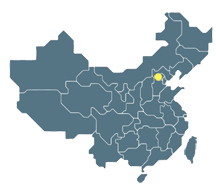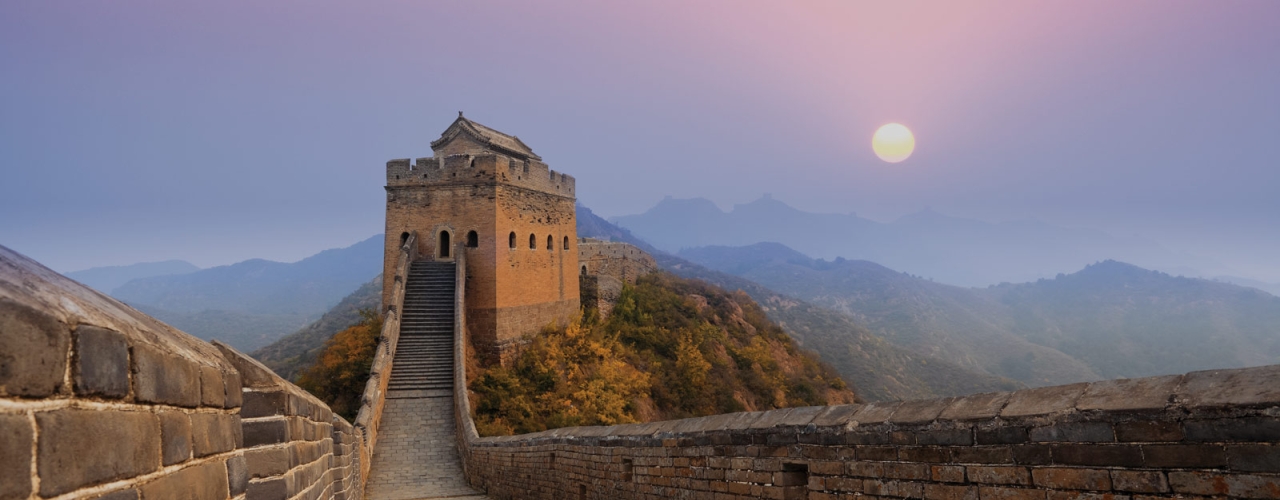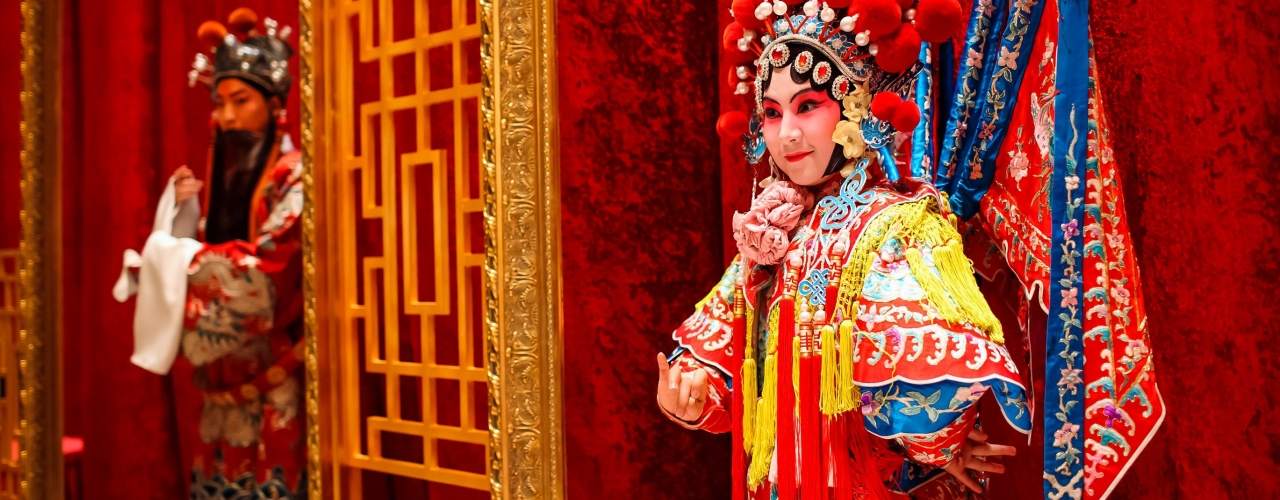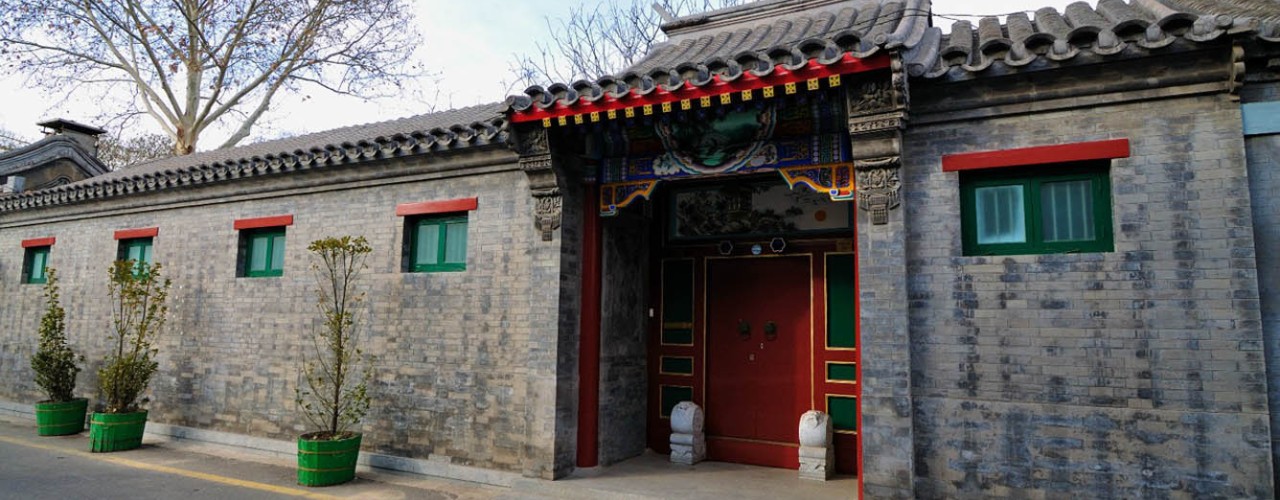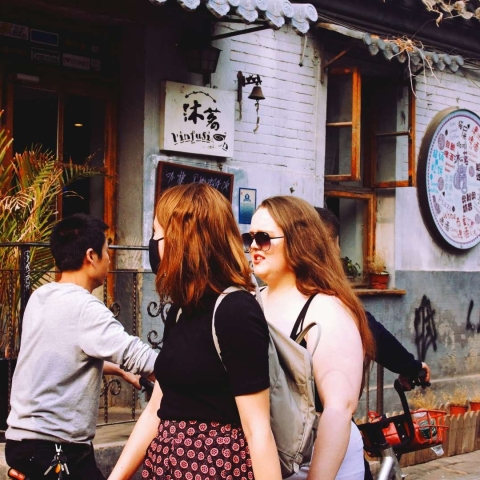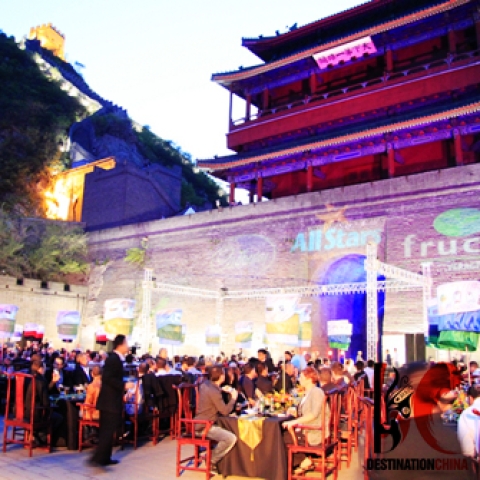Beijing, the capital of China formerly known as Peking, is the political and cultural center of the world’s most populous country. It is China’s third largest city in terms of population and the largest in administrative territory. The first town was constructed more than 2,000 years ago near the zone of contact between the “civilized” traditional Han Chinese and tribal peoples from the north and west whom the Chinese viewed as barbarians. The Great Wall, which runs along the Yan Mountains about 40 miles to the north and west of Beijing, was an effort to stabilize the frontier between the Han Chinese and the barbarian peoples during the 3rd century BC. Yet it remained for a later Mongol leader from beyond the wall, Kublai Khan, to build the city Ta-tu or “Great Capital” in AD 1264 and to establish it as the political center for all of China.
Over the last 10 years, Beijing has transformed itself from an austere Communist capital into an international city. With the 2008 Olympic Games held successfully, it's making “the great leap forward”, becoming a modern destination with all the luxuries needed to prepare for its role as host to the world. The hosting of the 2008 Olympic Games had escalated the economic growth of Beijing.
If comparisons are to be made, then Beijing can be compared to Washington, D.C. As the political capital of the country, Beijing is a showplace of towering offices and government buildings. While 15% of its population still resides in Hutong complexes dating from the Ming Dynasty, more and more of the remainder’s homes are high-rise apartments as in all major cities of the world. Signs of modernization are everywhere – yet, somehow the juxtaposition of these modern entities with Beijing’s ancient architectural treasures offers an almost mesmerizing sight for the travelers.
